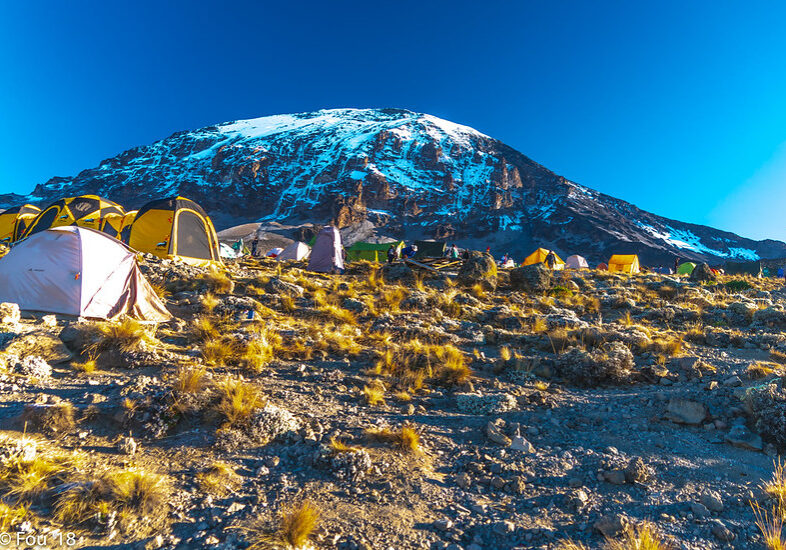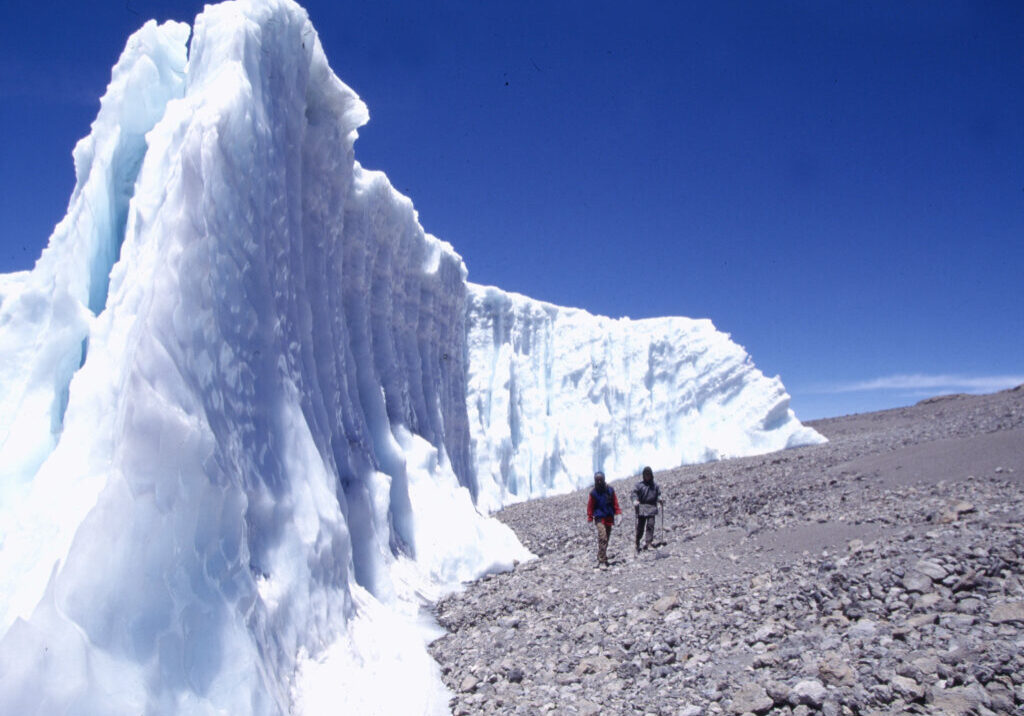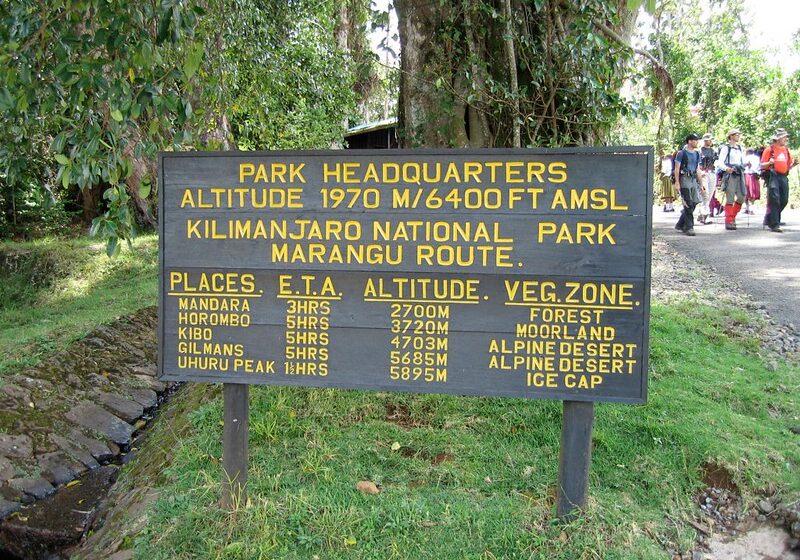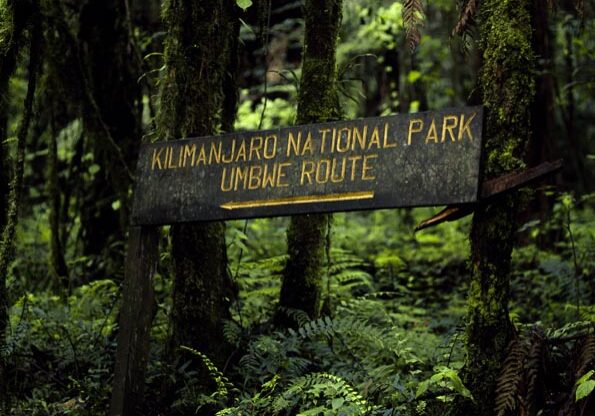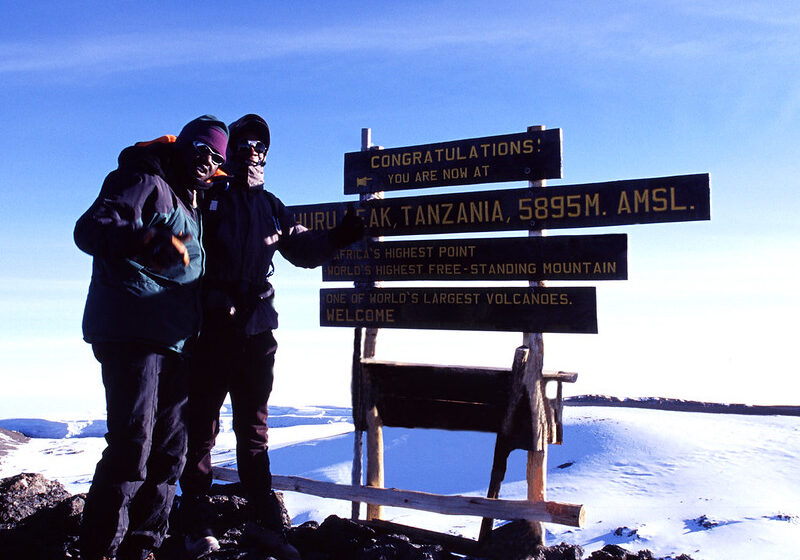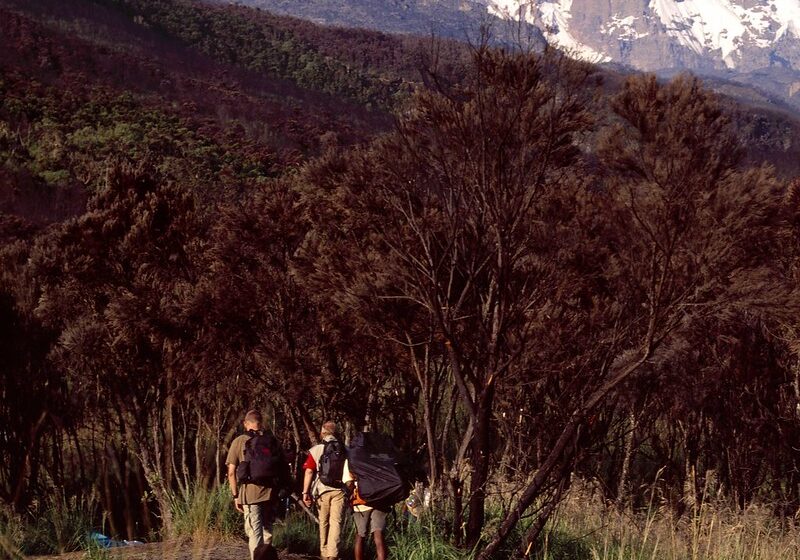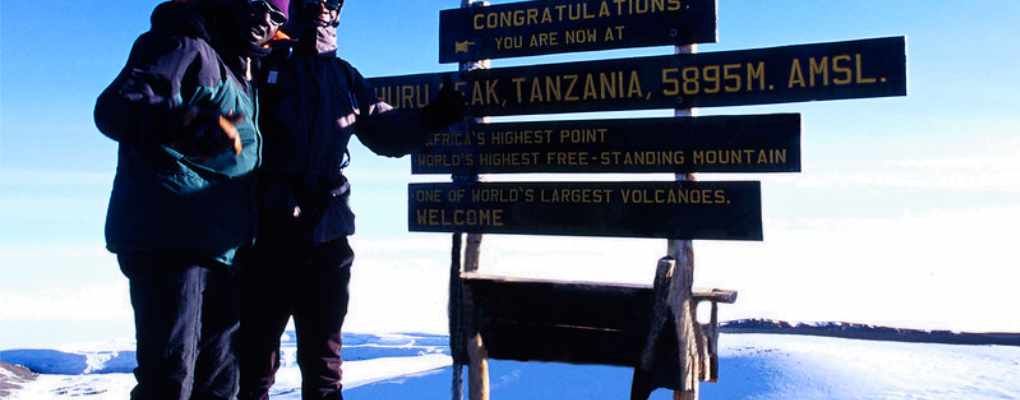
Climbing Kilimanjaro Rongai Route | 7 Days
Itinerary for Climbing Kilimanjaro via Rongai Route- 7 Days
The Rongai route is the only Mt. Kilimanjaro climbing route to start from the north of the mountain, from the Kenya- Tanzania border. The Rongai Route offers mountain climbers a relatively moderate trekking challenging trail with a more gentle summitting approach to Kilimanjaro's main and most popular peak, the Uhuru Peak. Rongai is also the most recommended route for first-time or less-experienced mountain climbers. You will also enjoy the Rongai Route if you detest crowds when climbing, but prefer remote mountainside wilderness. You can be more assured of seeing more wildlife if you climb Kilimanjaro via Rongai Route, more so in the first few days of climbing, compared to any other Kilimanjaro route. The route only has a handful of trail obstacles along. The final day of summiting Uhuru peak has a much shorter trek and so you will have plenty of time to rest before summiting. The total climbing distance for Rongai is approximately 81 km or 50 miles, typically requiring 6 or 7 days of hiking. If you are going for 6 days, your success rate chances are 60%, but it gets to 80% if you give it 7 days. The chances of completion are a because many of our climbers get affected by altitude sickness resulting from the less-than-ideal route profile of Rongai.
Recommended Rongai Route Itinerary - 7 Days
Day 1: Nale Muru – Simba Camp
The adventure beings with the drive through villages and coffee plantations to the remarkable wooden village of Nale Moru. On the northeast side of the mountain where you meet the porters. The first part of the trail leads through moist rainforest, which quickly becomes lighter on the dry north side. Soon you will reach the heather zone. Overnight in the First Cave Camp (Simba Camp) in the tent at about 9,300 ft altitude. Simba Camp is located close to First Cave, with a magnificent view out over the plains of Kenya.
Hiking: 4-5 hours
Overnight Altitude: ~9,300′
Distance: 8 km
Habitat: Rain Forest
Day 2: Simba Camp – Second Cave
Today’s stage begins in the morning with a steady climb up to Second Cave. The route takes in a long stretch of heath, distinguished by heather, wildflowers and stony paths. As you walk, you can enjoy the view of Kibo and the east-facing glaciers on the crater rim. After lunch, you will leave the main trail and continue along a narrower path toward the jagged peaks of Mawenzi. You will finally reach ‘Second Cave’, which is located in a sheltered valley close to Kikelewa Caves and surrounded by giant senecio plants.
Hiking: 3-4 hours
Overnight Altitude: ~11,300′
Distance: 6 km
Habitat: Heath
Day 3: Second Cave – Third Cave
This day has been set aside for acclimatization, to improve your chances of reaching the summit, and reduce the risk of your suffering the effects of altitude sickness. Spend the morning relaxing and simply enjoying the surroundings. Around lunchtime, it is time to leave the camp and make your way across the heath, following a narrow path towards the jagged peaks of Mawenzi and Third Cave.
Hiking: 3-4 hours
Overnight Altitude: ~11,811′
Distance: 5 km
Habitat: Alpine Desert
Day 4: Third Cave – Mawenzi Tarn Hut
Today’s stage takes you to Mawenzi Tarn Hut. Following a short but steep climb up grassy mountainside, you can enjoy a fantastic panoramic view as your reward. The heathland gives way to rocky highlands, littered with large and small volcanic boulders that testify to a previous period of volcanic activity. After a couple more hours on the trail, you will reach the site of your overnight accommodation, which enjoys a spectacular location, nestling in a valley between the towering spires of Mawenzi.
Hiking: 4-5 hours
Overnight Altitude: ~14,160′
Distance: 2 km
Habitat: Alpine Desert
Day 5: Mawenzi Tarn Hut – Kibo Huts
You will now find yourself walking through the almost lunar landscape that is known as ‘The Saddle’ and links Mawenzi and Kibo. On arrival at Kibo Huts, located at the foot of the Kibo crater wall, it is time to ready your equipment and warm clothes for the next day’s trek to the peak. Make sure to store your drinking water in a Thermos to prevent it freezing solid. Then spend the rest of the day relaxing and go to bed early to ensure your ‘human batteries’ are fully charged for Kilimanjaro’s ultimate challenge.
Hiking: 6-8 hours
Overnight Altitude: ~15,430′
Hiking Time: 5-6 hours
Habitat: Alpine Desert
Day 6: Kibo Huts – Gilman’s Point – Uhuru Peak – Horombo Huts
You will be woken up around midnight, and there is just time for a light meal before you set off into the night. Most people find the tricky terrain, where the trail is littered with loose stones, to be the most challenging part of the ascent. The objective is to reach Gilman’s Point at dawn, so you can make it to Uhuru Peak – the highest point on Kibo – shortly after sunrise. You will stop briefly at Gilman’s Point to enjoy the magnificent view before continuing along the rim of the crater to Uhuru. The last stretch of the climb features an even incline.
Depending on the season, you may encounter snow on the last part of the route to Uhuru Peak, which is your final goal: the top of Kilimanjaro and the highest point in Africa. Once you reach the peak at an altitude of 5,895 masl, you can give yourself a pat on the back, enjoy the magnificent view and have your picture taken in front of the Uhuru Peak sign as a lasting souvenir of your achievement.
It is then time to start the descent to Kibo Huts, which you will find passes remarkably quickly. At Kibo Huts, you will stop to enjoy a well-deserved lunch before continuing on to Horombo Huts, where a much-needed night’s sleep awaits.
Hiking: 4-5 hours
Overnight Altitude: ~12,205′
Habitat: Heath
Distance: 16 km
Day 7: Horombo Huts – Marangu Gate – Arusha
We make the final descent through the rainforest to Marangu Gate. Here we will have lunch and say goodbye to our mountain crew before leaving Mount Kilimanjaro National Park. Drive back to Arusha for a hot shower and a celebratory dinner.
Hiking: 5-7 hours
Overnight Altitude: ~1,843′
Distance: 20 km
Hiking Time: 5-7 hours
Habitat: Rain Forest
Talk to Our Rongai Route Specialist
Enquire about the Climbing Rongai route Mount Kilimanjaro Trek and its tour prices.
Talk to our local Mount Kilimanjaro Climbing Specialist to start planning a memorable adventurous experience.

